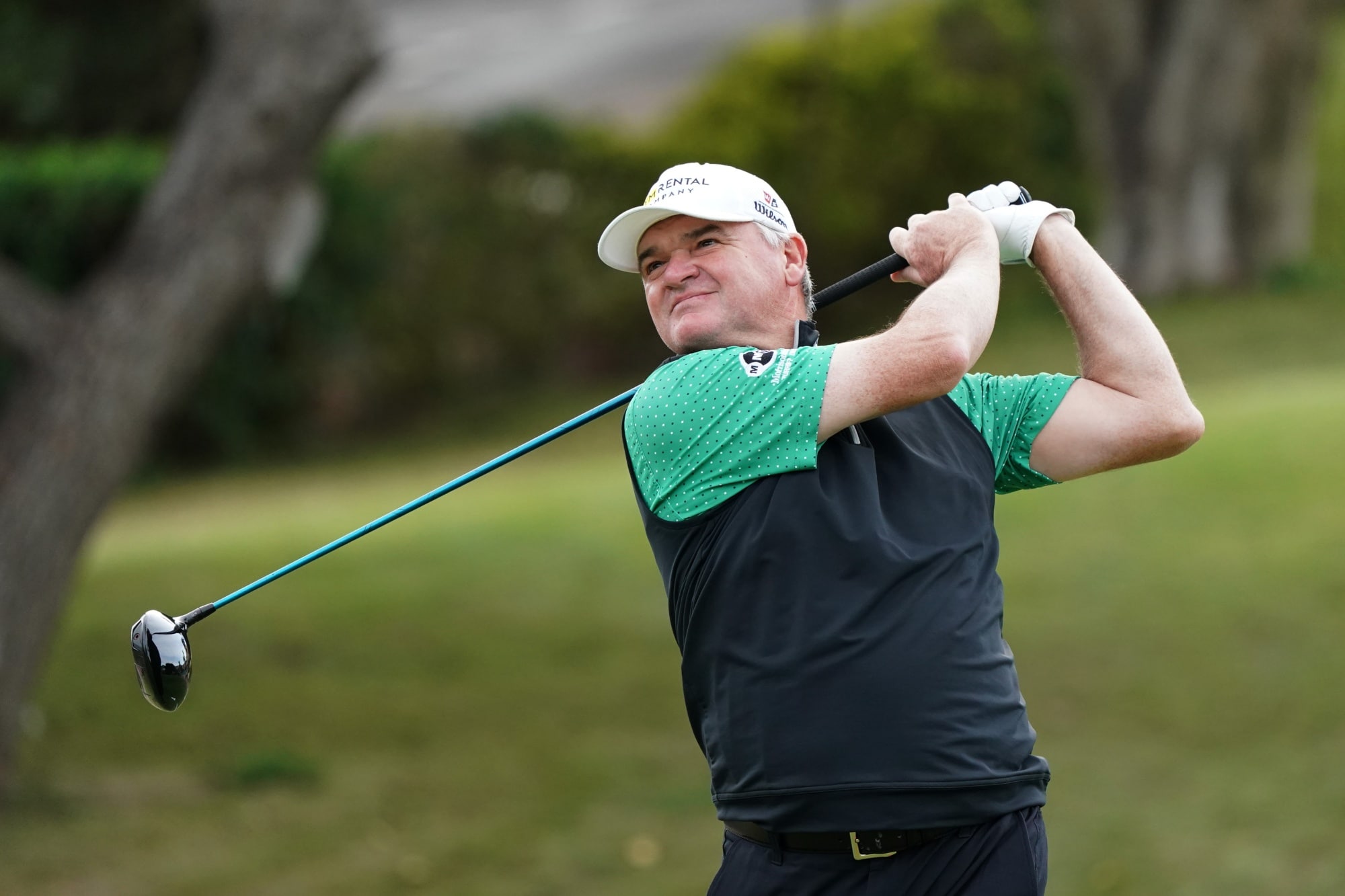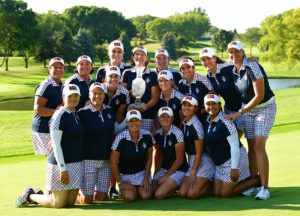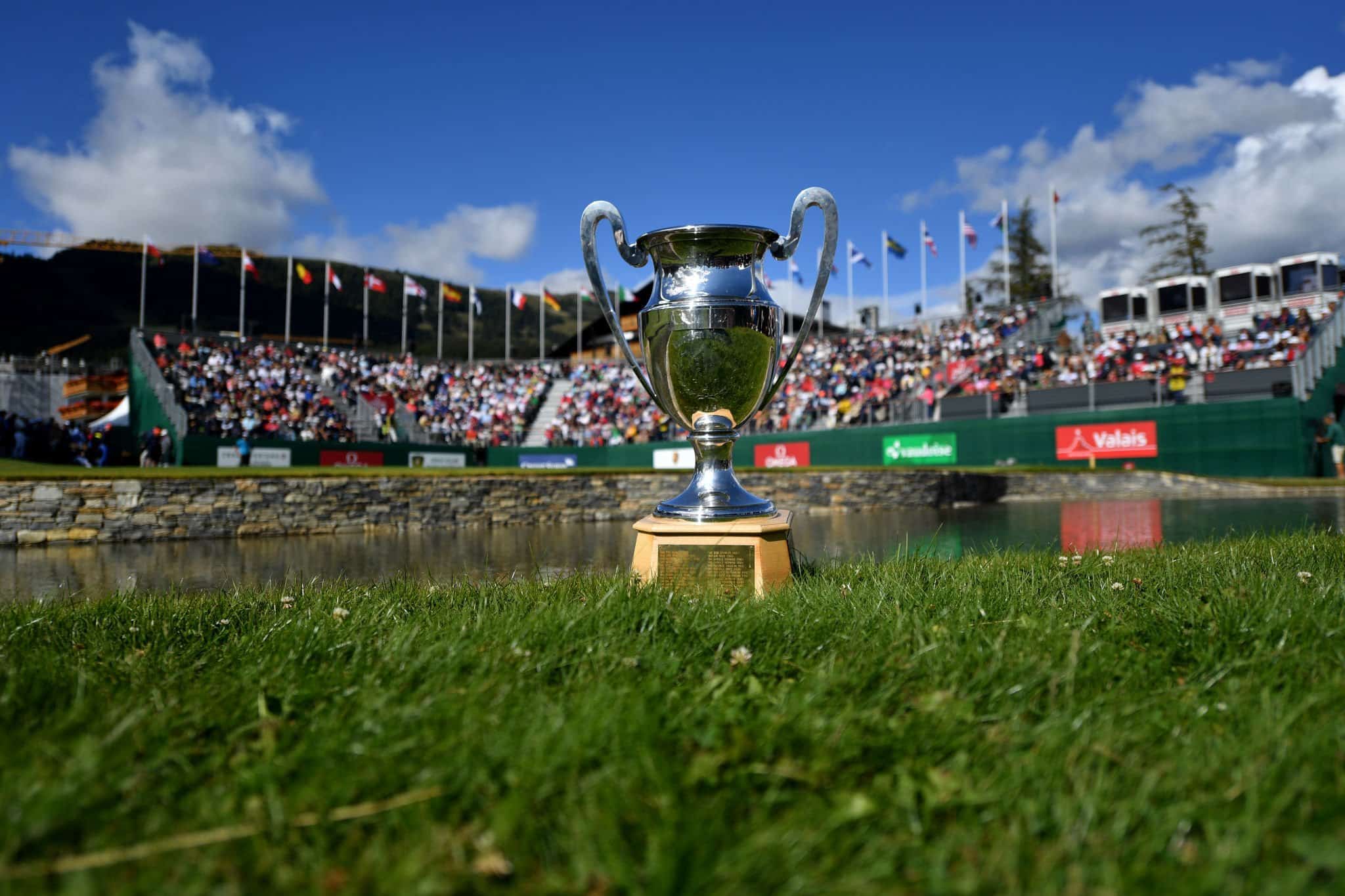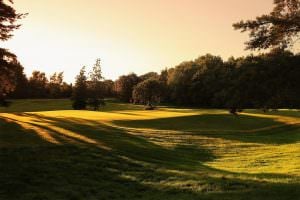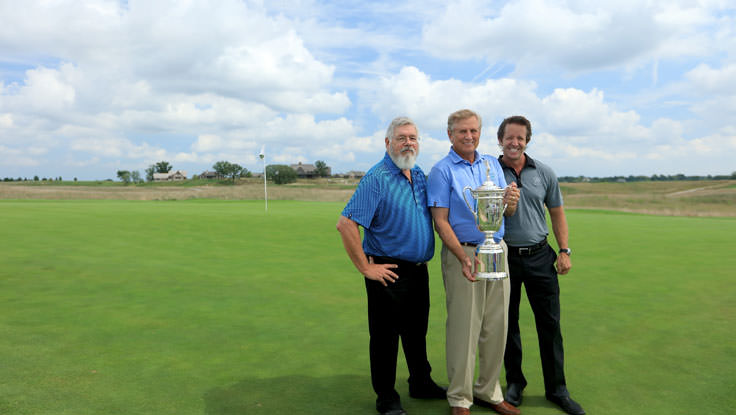
Inside Erin Hills: Meet the designers
For the second time in three years the US Open is off to uncharted territory. Nobody will forget Chambers Bay in a hurry; the hope is that Erin Hills will live as long in the memory but for different reasons.
This is a privately owned public course in a state, Wisconsin, that has never held the USGA’s showpiece previously. Its designers Mike Hurdzan, Dana Fry and Ron Whitten bid on the project in 2000 and got the now golden ticket, beating the design firms of Jack Nicklaus, Arnold Palmer and Tom Doak.
And, as Whitten notes, Hurdzan and Fry got to the final five of the Chambers Bay job so they might easily have had two US Opens in the short space of three years.
On July 24, 2003, Whitten wrote to Mike Davis and told him that Erin Hills “will ultimately be a better Open site than the Straits Course at Whistling Straits” before adding the slight catch that “our course is not yet constructed”.
The course was built for less than $3m, about a third of that devoted to irrigation. And now, after a change of owner in its brief history, the US Open and its accompanying circus will come to the tiny town of Erin.
So, via a conference call with the three designers, we discovered how Erin Hills came to be and what might lie in store for the 156 gladiators.
It should be fascinating.
Erin Hills has the look of a links but nobody can seem to define it. Is it parkland, links, or heathland?

Mike Hurdzen: It’s a heartland course. Being in the heartland of the US there are a number of areas that have these wind-blown dune areas but the deposition of the sand came from a glacier rather than the ocean.
Seeing the site for the first time, what were your thoughts on the potential of the project?
Ron Whitten: I immediately thought of Sand Hills in middle of Nebraska which I have always felt was the most natural course built in America. We had the opportunity to emulate that and to follow the dictates of the land and let the landscape dictate the routing of the holes.
Every time I see a piece of land I start to eyeball golf holes, that is second nature to me and when I first went out there with Mike you could just point in directions and see holes.
Dana Fry: For me it was the sheer scale of it, it is a very grandiose setting. When you sit in the clubhouse it’s like sitting in the movie theatre with the colours always changing as the sun goes down. The sheer size of the property and abrupt changes in contour make it so visually dramatic.
MH: I was somewhat familiar with this type of property as there is a race track called Road America about 60 miles north of the course and that entire region of Wisconsin is called the kettle moraine area. So I was used to seeing that but I never thought that we would get the chance to build a course here.
One of the issues was that there is rolling land but if those high and low points are too far apart, or too close together, then it won’t be compatible for golf so you have to get the right rhythm of highs and lows. When I saw it I just thought ‘wow’ as it was already so close to that right rhythm.
Very little dirt has been moved – how long did it take to work out the routing of the course?
RW: It took us four years! We had a dozen different variations and we kept walking and debating the plusses and minuses of various holes.
MH: We were really trying to do it in a low-impacting way, I call it the Old Tom Morris method, so we would try to find the good green sites and work backwards. A lot of it was mentally cataloguing the best places for tees and greens and then working out where the fairways would go in between.
RW: When we first started out we anticipated the clubhouse being up on a pretty major hill so everything was circulated around that. We then made the wise move to convince the owner to slide the clubhouse off the course property.
Clubhouses take up a lot of space and the land there was so good that you hated to level part of it with a parking lot. I am so glad that we did that as it got us some really great natural holes. Now you don’t really see any buildings.
The course starts and finishes with a par 5 – how much is that pre-determined by the lay of the land and how much by preconceived ideas of what you’d like from the course?
RW: None of us had that idea in our head. For a long time we were going to finish with a long par 4 up to that clubhouse. So when we moved that we switched the 9th and 18th. It just evolves.

MH: Early on we had back-to-back par 3s and ended up getting rid of one of those. We had 19 holes so, when we eliminated that, the 19th hole, now the 9th, became a par 3. We weren’t really concerned with par and distances, we were just looking for the best holes.
With the course sitting on 652 acres there is room for 100,000 fans if required. Ticket sales have been capped at 35,000 per day to avoid any traffic problems.
There were three of you involved – how would you best sum up your individual contributions to the design?
DF: Mike and I worked together for 24 years so we had different strengths and weaknesses, this was the first time I had worked with Ron and we were all involved with every decision from day one as well as working a lot with the owner of the time. Everyone left their egos at the door.
You would argue your case, get it done and not take anything too personally.
RW: It is hard to say there were any individual contributions, we literally consulted on every green or bunker, everything.
What’s your favourite hole and why?
DF: Mine is always the 9th. I have played it a lot, 50-60 times, and when the wind blows it is one of the hardest wedge or 9-irons you will ever play. We will maybe see a hole-in-one, a lot of birdies but also a lot of doubles. It could be like a comedy show.
MH: The run of holes from 14 to 18 are so dramatic and different they will make for a wonderful finish under pressure.

RW: I am most pleased with the 2nd and 12th as we literally did nothing with either. The 12th is a double dogleg par 4, which is dictated by the domed hills and sweeping valley, and the green runs uphill before falling away.
The 2nd is a short par 4, which has now been modified, but it started as an S-shaped fairway where you could play over the hill right at the green, which we called the egg shell, as it is so small. The green has now been increased by about a third as there wasn’t enough room for pin placements but it is still a blind tee shot and it will be fun to see how they play that.
Everyone will talk about the possible 7,800 yards and the longest US Open course but you have lots of options – do you expect it to be moved around a lot?
RW: You will notice that there is so much flexibility with this course – 150 yards of variation on some holes. The par-5 18th could be reachable with an iron. I think that is a big reason why the USGA like this course. But they won’t be switching the pars like they did at Chambers Bay.
Erin Hills only opened in 2006 – does it have the look of a course that opened 11 years ago? Kingsbarns in Scotland, for example, opened in 2000 and looks like it has been there since the 1800s…
DF: It looks like it’s been there forever. Even where we did some earth moving only the real expert in the field would recognise it, everything just looks natural.
RW: The thing about Kingsbarns, as you approach it you can see that it is manufactured with the big burn, the same thing with Whistling Straits.
MH: We purposefully left in all the little undulations and the land almost rises and falls like the Old Course, you could get all kinds of different lies on the same hole.
What is the general feedback that you have had on the course?
DF: I played with the guys from CBS, Gary McCord, Peter Kostis and Ian Baker-Finch, and they played it when it opened and a couple of years ago and they thought the greens putted perfectly which is what the pros want. They may be the purest set of bentgrass greens that they’ve had a US Open on.
Chambers Bay had the fewest percentage of one putts and highest percentage of three putts, I think we’ll be the reverse of that. They are not overly contoured either.
The bunkers look incredible with their irregular shaping – whose idea was that and why?

DF: The bunkering is severe. Some are a real penalty and there will be no chance to get to the green, sometimes even around the green, some won’t like that. The bunkers are a genuine hazard.
RW: One of our shapers was a fine golf architect called Rod Whitman, he did Cabot Links in Nova Scotia, and he felt like we weren’t guarding enough pin positions with bunkers.
But that was by design. 1. It is a public course, and 2. bunkers aren’t tough for the pros and shaved grass and little knobs are much tougher to decide on their shot selection.
To the left of 18 a slope will take the ball 15 feet below the putting surface. By having a bunker it would have made that recovery shot so much easier to control the spin.
Is there a prevailing wind or does the course play differently on any day?
DF: I have Googled that and the wind for the last five years was coming from all four directions. Over the past several years, on same dates as the US Open, the wind has come from the north, east and west.
Never has it come from the south. It averages around 4mph in the mornings and around 16mph in the afternoons. Several days it was between 20-24mph.
MH: It really is one of those areas where, because of Lake Michigan 30 miles to the east, there is a wind tunnel effect.
I always say the wind starts in Omaha and there is nothing to stop it until it gets to Michigan.
What advice would you give a player who is trying to learn the course?
DF: I’m a 4 handicap and the pros I’ve played with all say the same thing and that is that driving is one of the hardest aspects. You can see a slot where you think you want to hit driver but that’s not the line you want to take or you don’t want to hit the driver. Picking lines and distances is very challenging.
It happens, for example, on 10, 11 and 12 so you have to know and commit to it and that is not always where your eye tells you.
There will be some level of criticism. How thick-skinned are you?
RW: I’m at the opposite end now as I was always the one taking the pot shots. Now I’m the target so we’ll find out in June.
MH: It won’t bother me. I know it’s going to be outstanding and there will be great drama and one or two individuals’ comments won’t make a difference.
Which courses would you play on your ideal trip to the British Isles?
MH: The most beautiful course in the world is Royal County Down in my opinion.
We love Portrush because of the kind of challenge it presents, then there is Lahinch and Ballybunion. If we were to pop to Scotland one of my favourites is Elie, that is one of the most fun courses to play.
Also, one of the most memorable rounds that I’ve ever played was on Shiskine, the 12-holer on the Isle of Arran.
RW: I would focus on North Berwick. That is so quirky and full of holes that you don’t see it at home. St Andrews is a fantastic town and experience but I’m kind of partial to North Berwick, which is pretty unique. You want to play the old authentic courses.
At the last Open at Birkdale I played Hillside, Southport & Ainsdale, Hesketh and Birkdale and the latter was my least favourite.
DF: My ideal trip to the UK and Ireland would consist of Royal County Down, Portrush, Lahinch, Ballybunion, Muirfield and St Andrews – which is possibly the greatest experience any golfer will ever have.
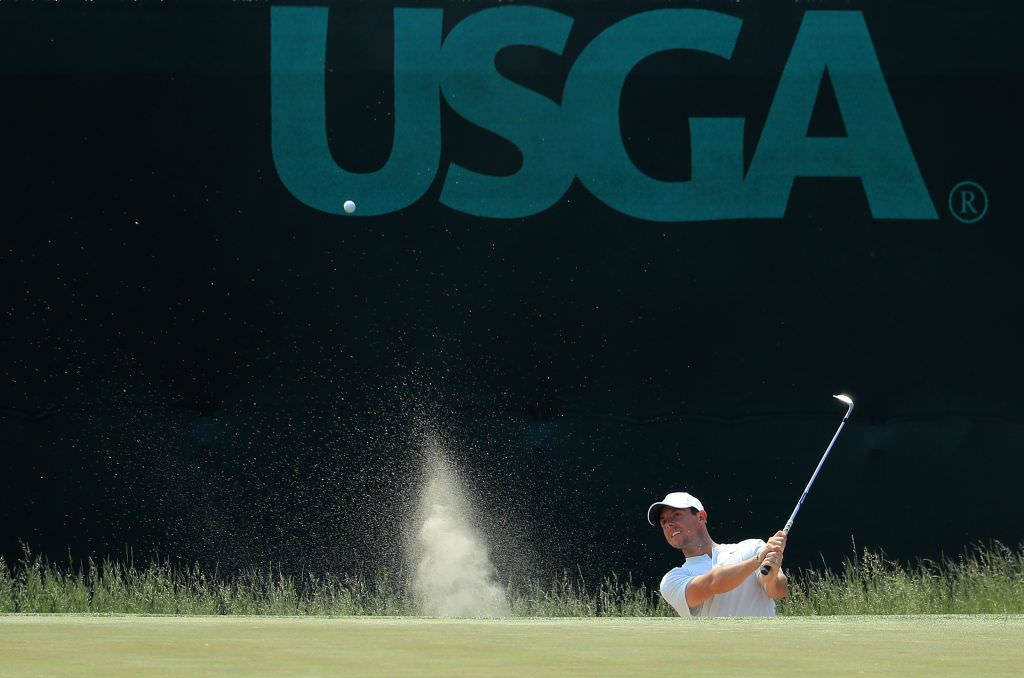
This is the US Open – don’t try it at home
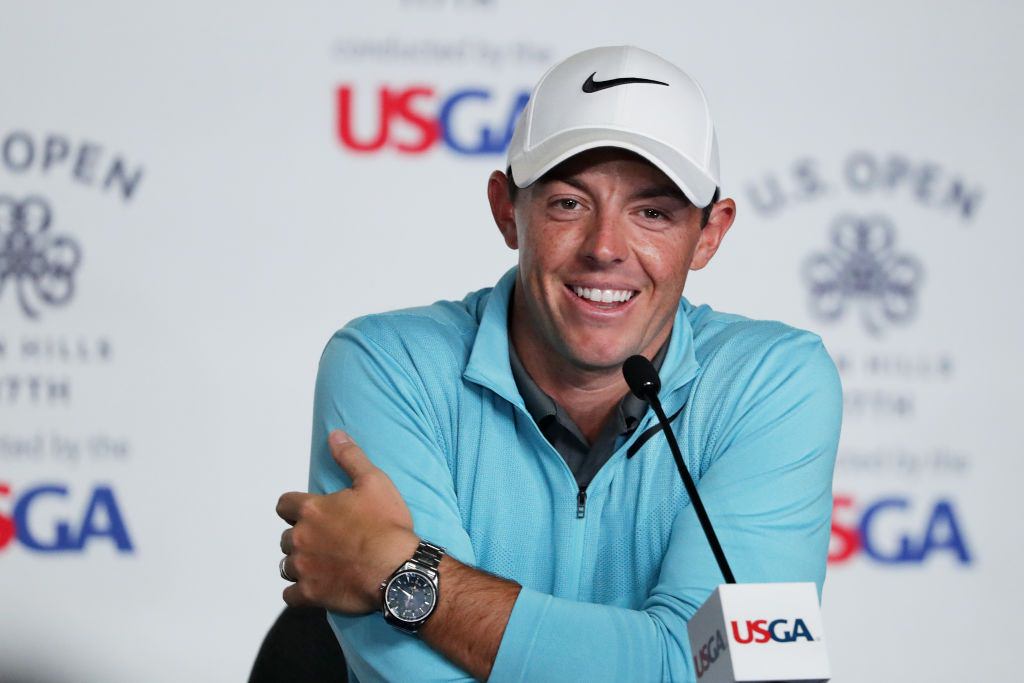
US Open Social Spotlight: Rory’s had enough of your moaning
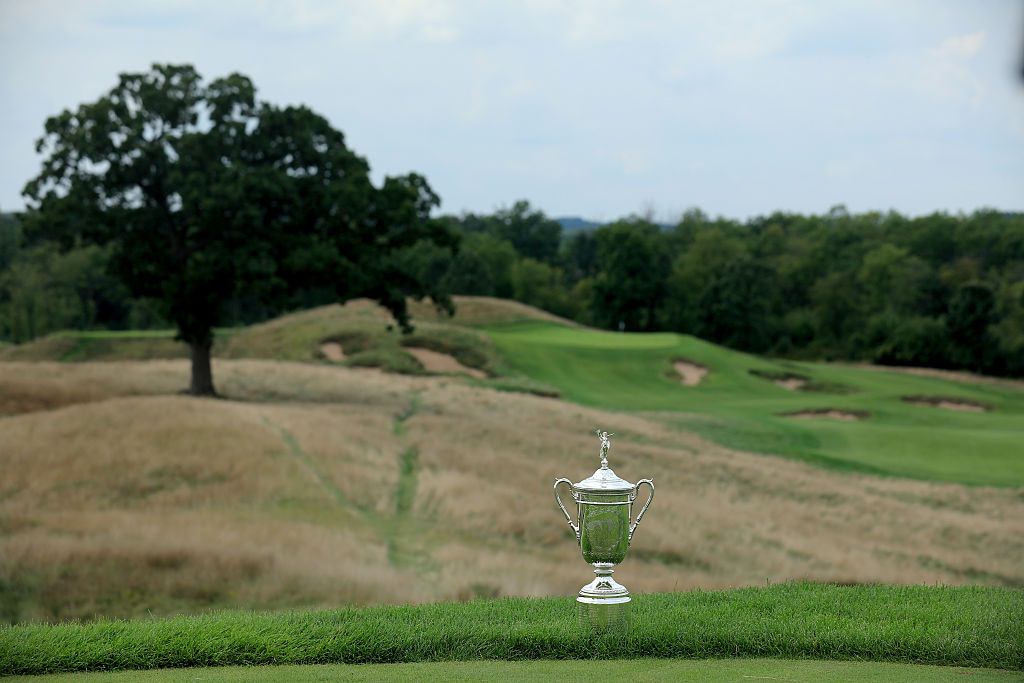
NCG writers predict what will (and won’t) happen at the US Open
Mark Townsend
Been watching and playing golf since the early 80s and generally still stuck in this period. Huge fan of all things Robert Rock, less so white belts. Handicap of 8, fragile mind and short game




